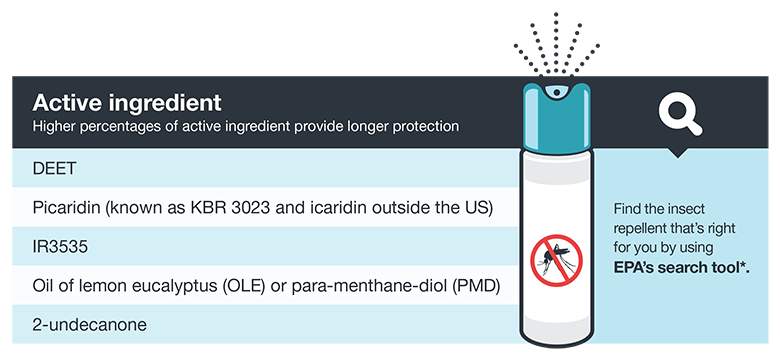"Thanks to effective vaccine, the United States has been polio-free since 1979. But poliovirus is still a threat in some countries. Be part of the success story and get your child vaccinated on schedule.
Polio, or poliomyelitis, is a crippling and potentially deadly infectious disease. It is caused by the poliovirus. The virus spreads from person to person and can invade an infected person’s brain and spinal cord, causing paralysis (can’t move parts of the body).
Thanks to the polio vaccine, dedicated health care professionals, and parents who vaccinate their children on schedule, polio has been eliminated in this country for more than 30 years.
It is crucial to maintain the success rate of U.S. vaccination efforts since the disease still exists in some parts of the world. People most at risk are those who never had polio vaccine, those who never received all the recommended vaccine doses, and those traveling to areas that could put them at risk for getting polio..."
Polio

